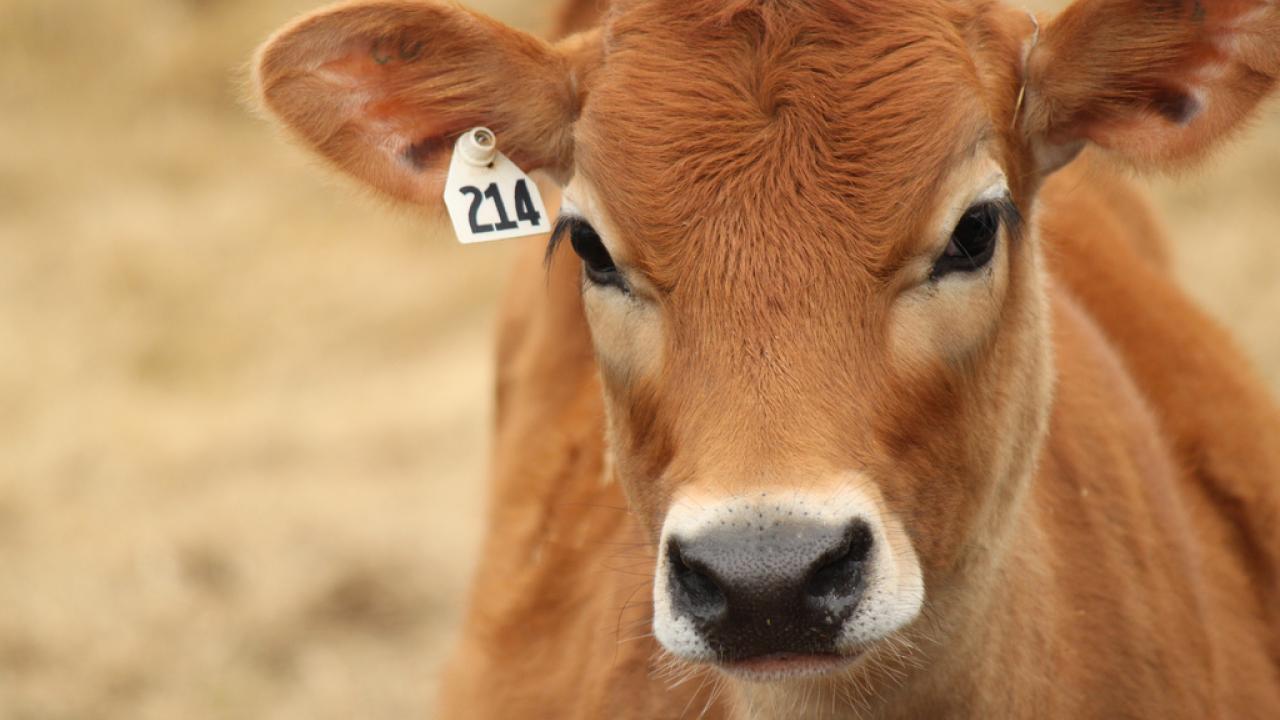
Bovine Respiratory Disease: Costs and Risk Factors
by John Maday in Bovine Veterinarian
The incidence and severity of bovine respiratory disease (BRD) in dairy cattle varies widely, making economic impacts difficult to quantify. But according to Elanco veterinarian Michael Overton, the overall cost in replacement heifers probably runs higher than most dairy producers realize.
During the recent BRD Symposium in Denver, Overton summarized some existing data and a recent study involving 104,000 heifers from 23 herds where managers consistently collected data on BRD.
The majority of BRD cases in dairy occur from birth to 120 days of age, Overton says, and in this data set, 36.6% of heifer calves had one or more cases during that time period. Calf raisers generally see the highest incidence of BRD during the first 30 days of a calf’s life, with another spike in morbidity occurring at and after weaning.
Overton notes that impacts of BRD in heifer calves include decreased rate of gain, a higher culling risk, delayed age at first service, delayed age at first calving and in some cases, lower future milk production.
In this study, the cost of raising a heifer with one or more recorded cases of BRD during the first 120 days exceeded those for healthy heifers by $212 to $237, depending on whether anticipated milk-production differences were considered. Those estimates greatly exceed previously published figures ranging from about $20 to $60 per head in BRD costs.
Overton added that individual herd costs will vary, and could be much higher than the average, depending on initial value of calves, level of BRD, culling practices, accuracy and promptness of diagnosis and treatment and any carryover effects during lactation.
Also during the BRD Symposium, University of California Davis Veterinarian Sharif Aly, BVSc, MPVM, PhD., discussed risk factors for BRD in dairy heifers.
Aly notes that BRD accounts for about 22% of heifer deaths on dairy operations in California. He and his colleagues at UC-Davis recently published results of a cross-sectional studyintended to determine how management practices on California dairies may be associated with (BRD) in preweaned calves. In this study, researchers visited a convenience sample of 100 dairies throughout California between May 2014 and April 2016, providing a study population of 4,636 calves.
In this study, housing factors positively associated with BRD were:
- Metal hutches compared with wood hutches.
- Calf-to-calf contact in calves greater than 75 days of age.
- Feeding Holstein calves less than 2.84 liters of milk or replacer per day.
- Lagoon water used for flushing manure under hutches compared with no flush.
Several management practices were negatively associated with BRD, including:
- Providing extra shade over hutches.
- Feeding calves at least 90% saleable milk or pasteurized milk.
- Feeding greater than 5.68 liters of milk or replacer per day to Jersey calves.
The UC-Davis team currently is working to release a risk-assessment app to complement their existing app for evaluating BRD prevalence in heifer operations. (iOS Application, Android Application)
